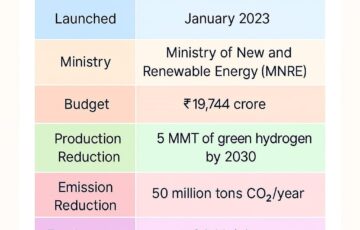Dark Patterns
Why in the News?
Recently, an increase in the cases of “Dark Patterns” or “Deceptive Patterns” have been noted where internet-based companies have been tricking users into agreeing to certain conditions or clicking a few links.
- Such acceptances and clicks are flooding inboxes of the users with promotional emails they never wanted, making it hard to unsubscribe or request deletion.
What are Dark Patterns?
- About:
- Dark Patterns are immoral UI/UX (user interface/user experience) interactions that are intended to deceive or fool users into doing something against their will. They also help the business or platform using the designs. Digital platforms violate users’ rights to complete disclosure of the services they use and control over their browsing experience by employing “dark patterns.”
- Examples of Dark Patterns include “baseless” countdowns for online deals, conditions in fine print that add on to costs, making cancellation buttons hard to see or click, making ads appear as news reports or celebrity endorsements, auto-playing videos, forcing users to create accounts to finish a transaction, silently charging credit cards after free trials end, and using dull colours to hide information that users should know about.
- Usage by Companies:
- Companies in the social media and big tech sectors, like Apple, Amazon, Skype, Facebook, LinkedIn, Microsoft, and Google, exploit sneaky or subpar user experiences to their benefit.
- The convoluted, multi-step cancellation process for Amazon Prime received criticism in the European Union.
- Amazon streamlined its cancelling process for online customers in European nations in 2022 after speaking with consumer regulators.
- Users of LinkedIn frequently get unsolicited, paid messages from influencers on social media.
- This option’s disabling is a challenging operation that involves several stages and calls for platform control proficiency from users.
- Users of social media sites like Instagram are tricked for a few seconds before they notice the small “paid” label when sponsored video commercials are interspersed within reels and stories they first chose to view.
- Pop-up ads from Google-owned YouTube push users to join up for YouTube Premium while covering a video’s last few seconds with thumbnails from other videos.
- Harm to Users:
- Dark patterns endanger the experience of Internet users and make them more vulnerable to financial and data exploitation by Big Tech firms.
- Dark patterns confuse users, introduce online obstacles, make simple tasks time-consuming, have users sign up for unwanted services/products, and force them to pay more money or share more personal information than they intended.
Way Forward
- Dark and misleading patterns are not limited to cellphones and laptops. According to a Federal Trade Commission (FTC) research, consumers of augmented reality (AR) and virtual reality (VR) platforms and gadgets will probably follow dark patterns to these new channels as they become more widely used.
- Internet users can select more user-friendly platforms that will respect their right to choice and privacy if they are able to spot and recognise dark patterns in their daily life.




